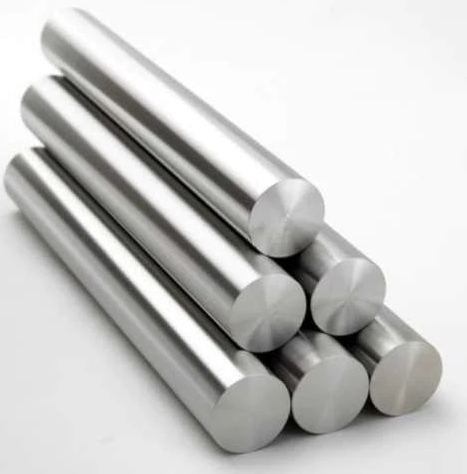How are connecting rods made? Connecting rods are a vital component in an internal combustion engine, responsible for transmitting motion from the piston to the crankshaft. In this article, we will explore the manufacturing process of connecting rods and the materials used in their construction.
Materials Used in Connecting Rods A variety of materials can be used to manufacture connecting rods, with the most common being steel, aluminum, and titanium. The choice of material depends on factors such as engine type, performance requirements, and cost considerations.
- Steel: Steel connecting rods offer excellent strength and durability, making them a popular choice for high-performance and heavy-duty applications.
- Aluminum: Aluminum connecting rods are lighter than steel rods, reducing the overall weight of the engine and improving its performance. They are commonly used in high-performance automotive and motorcycle engines.
- Titanium: Titanium connecting rods provide the best strength-to-weight ratio of all materials but are considerably more expensive. They are typically reserved for high-end, racing, and luxury applications.

Manufacturing Process The process of manufacturing connecting rods involves several steps, including:
- Forging or casting: The connecting rod’s raw material is either forged or cast into a rough shape. Forging involves heating the material and then hammering or pressing it into shape, while casting involves pouring molten material into a mold. Forging generally results in stronger rods, while casting is more cost-effective.
- Machining: The rough connecting rod is machined to achieve its final shape and dimensions. This includes drilling holes for the bolts, milling the cap joint surface, and machining the crankshaft and piston pin bores.
- Heat treatment: The connecting rod undergoes a heat treatment process to increase its strength and durability. This process involves heating the rod to a specific temperature, holding it there for a specified time, and then cooling it at a controlled rate.
- Surface treatment: In some cases, a surface treatment is applied to improve the connecting rod’s resistance to wear and corrosion. Common surface treatments include nitriding, shot peening, and anodizing.
- Assembly: The connecting rod cap is attached to the rod using bolts or studs, and the entire assembly is checked for proper alignment and fit.
- Quality control: Throughout the manufacturing process, quality control measures are in place to ensure the connecting rod meets the required specifications and tolerances. These measures may include dimensional checks, hardness testing, and non-destructive testing.
Conclusion Understanding how connecting rods are made and the materials used in their construction is essential for anyone interested in engine design or automotive engineering. By exploring the manufacturing process and materials, one can appreciate the precision and attention to detail that goes into producing this critical engine component.